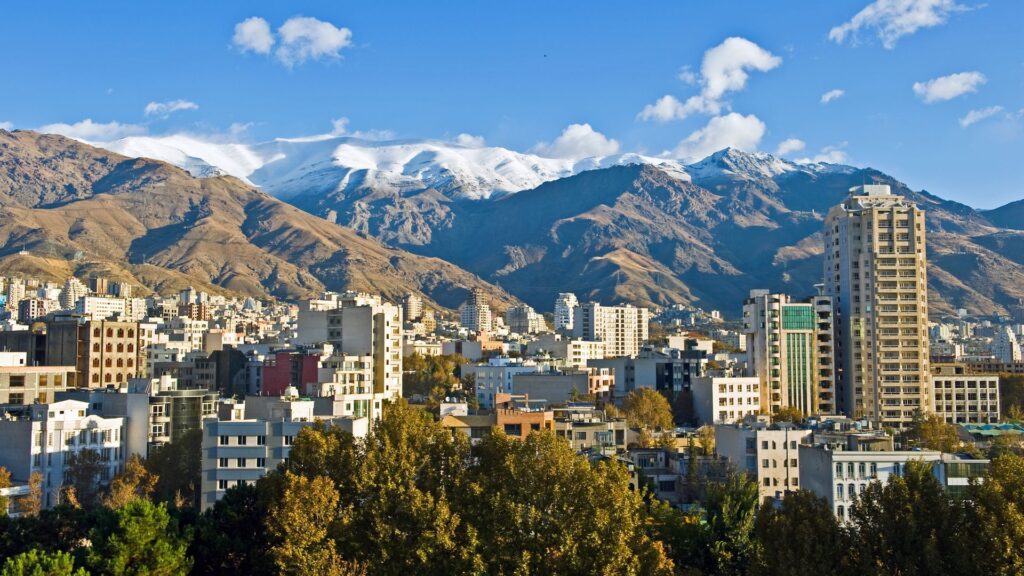Kermanshah, also known as Ostān-e Kermānshāh, is a province located in western Iran. It is known for its rich history, stunning landscapes, and diverse cultural heritage.
One of the most famous attractions in Kermanshah is the ancient city of Bisotun, a UNESCO World Heritage Site that dates back to the Achaemenid Empire. The site is known for its rock reliefs and inscriptions, which provide valuable information about the history and language of the time.
Another must-see in Kermanshah is the Taq-e Bostan complex, a series of rock reliefs and carvings dating back to the Sassanian Empire. These intricate artworks depict scenes of royal gatherings, hunting expeditions, and battles, giving visitors a glimpse into the grandeur of the empire.
Nature lovers will also enjoy a visit to the beautiful Zagros Mountains, which run through the province. Here, visitors can trek through lush forests, discover hidden waterfalls, and admire the diverse flora and fauna that call the mountains home.
In addition to its historical and natural attractions, Kermanshah is also known for its vibrant culture and warm hospitality. Visitors can sample delicious local cuisine, shop for traditional handicrafts, and immerse themselves in the lively bazaars and markets of the city.
Overall, Kermanshah is a fascinating destination that offers a perfect blend of history, nature, and culture. Whether you are a history buff, a nature enthusiast, or simply looking to explore a new corner of Iran, Kermanshah has something for everyone.
What to explore:
1. Taq-e Bostan: A series of large rock relief carvings and inscriptions located in a historical site in Kermanshah. The main reliefs depict the coronation of Ardeshir II, the hunting scenes of Khosrow II, and the investiture of Khosrow II.
2. Bisotun: A UNESCO World Heritage site featuring a vertical rock face on which is inscribed a trilingual cuneiform inscription dating back to the time of Darius the Great.
3. Anahita Temple: A historical site believed to have been a temple dedicated to Anahita, the ancient Persian goddess of water and fertility.
4. Tekyeh Moaven Al-Molk: A beautiful and historic religious theater used for traditional Shiite mourning ceremonies known as Ta'zieh.
5. Gahvareh Canyon: A stunning natural attraction located near Kermanshah, offering hiking opportunities and beautiful landscapes.
6. Kermanshah Bazaar: A bustling traditional market in the heart of Kermanshah where visitors can shop for souvenirs, spices, and handicrafts.
7. Emad al Dolet Bridge: A historic bridge spanning the Gamasiab River, offering picturesque views of the surrounding area.
8. Moaven-ol-Molk Tekyeh: An impressive religious complex built in the Qajar era, featuring stunning architecture and intricate tile work.
9. Taq-e Gara: An ancient archaeological site featuring ruins of a historical complex built during the Parthian era.
10. Kermanshah Museum: A museum showcasing artifacts and exhibits related to the history and culture of Kermanshah and the surrounding region.
